I emailed Bethnal Green Museum last week to find out about some of the objects Mary sent and whether they knew much about Mary Greg. I was pleased to find a reply commenting on how important Mary had been to the formation and development of their collections. I was sent an article: Anthony Burton and Caroline Goodfellow, ‘Arthur Sabin, Mrs. Greg and the Queen.’ V&A Album, no.4, 1986 pp.354-366. The article details the objects that Mary sent to Bethnal Green and her involvement with some of the objects creation. Although the article focuses on their curator, Sabin, Mary was an integral part of the success of the Museum of Childhood.
Their story began in 1922…
Mrs. Greg was living at the family property at Coles, Buntingford, Hertfordshire, when she was put in touch with Sabin by ‘a lady known as Sister Frances, who devotes her life to the well-being of the children of East London’. Calling at the museum in December 1922, Mrs. Greg offered to donate a dolls’ house, and Sabin persuaded her to commission for the children an architectural model of a cottage ‘such as would not be beyond their dreams of possessing some day for themselves, furnished beautifully and simply, so as to inspire them and give them a sound ideal for the material side of their home’. This, designed by Charles Spooner FRIBA [Fellow of the Royal Institute of British Architects] was eventually delivered in 1924.
Burton and Goodfellow, p.355
Spooner is mentioned in the letters I thought he was just a friend of Mary’s but he had a far more active role. This must have been the encouragement that Mary got from making her own objects, such as the shops and the firescreen.
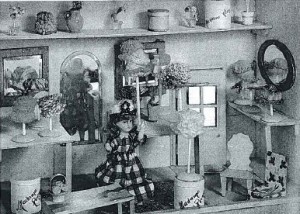
Milliner's shop. Given to Bethnal Green by Mary in 1925
She gave the shop above along with a greengrocer and a fishmonger and it is thought she had a hand in making them.
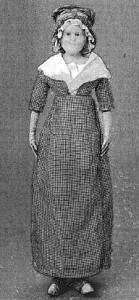
English doll with a solid wax head, representing an old woman. Given by Mary in 1926.
This doll was submitted through the V&A textile department. The head is said to be remarkable because it has the wrinkled face of an old woman, sensitively modelled. It is most unusual for a doll to have the face of an elderly adult, especially an adult who belonged to the lower classes as the dress suggests. Burton and Goodfellow believe it to be ‘a special commission, perhaps a portrait of an actual person – a servant or nanny.’ It was made in the early years of the nineteenth century.
Eventually in 1930, Mary’s donations became less and less and her position as a chief donator for children gave way to Queen Mary who was equally enthralled by dolls and dolls houses. Also at this time, other museums began to pick up on Sabin’s work and the importance of introducing children to museums. This was such a change from the the early years when the things that Mary gave were not considered valuable.
In view of the ultimate destination intended for these interesting, but rather trivial, little toys, I recommend their acceptance.
A.J. Koop, Burton and Goodfellow, p.365
Sabin was very determined in his quest to bring museums to children and wrote in the preface to Mary’s catalogue of Heaton Hall, The Greg Collection of Dolls and Dolls Houses in 1923…
Man cannot live by bread alone; and from the beginning of civilisation, when he made the first domed hut as a needed shelter for his wife and child, he has moved in all his best labour by devotion to others. And in particular those things that have been done for children, the payment of which has been in no earthly coin, embody the noblest qualities of men’s labour, because of the innocence of their motive and the love that inspired them. So in their turn thee children’s things become and inspiration.
Arthur Sabin, Burton and Goodfellow, p.365-6
My favourite part of the article is quoted below…
A phrase which Sabin must have used to good effect was: ‘the children hungry for beautiful things to look at.’ It was quoted back at him in a letter of 8 July 1923 by one of his principal fairy godmothers, Mrs. T.T. Greg.
Burton and Goodfellow, p.355
I just love the image of Mary Greg as a fairy godmother!
Melanie

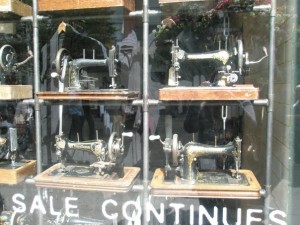
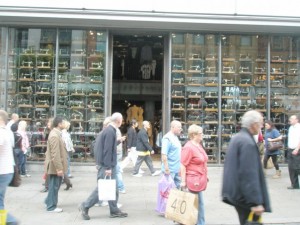
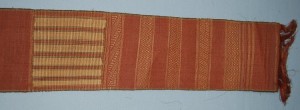
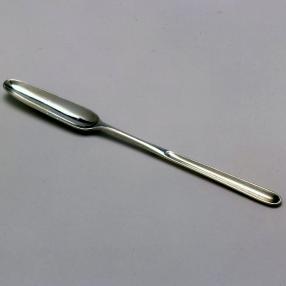



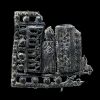
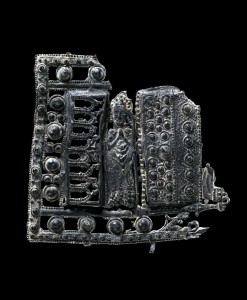


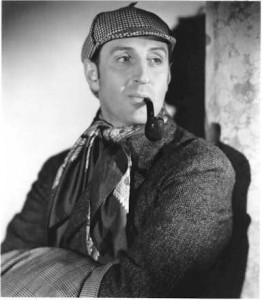
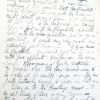
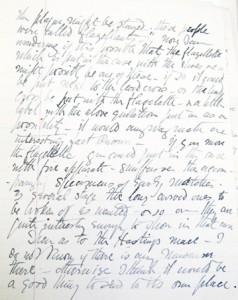
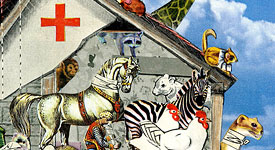
Comments